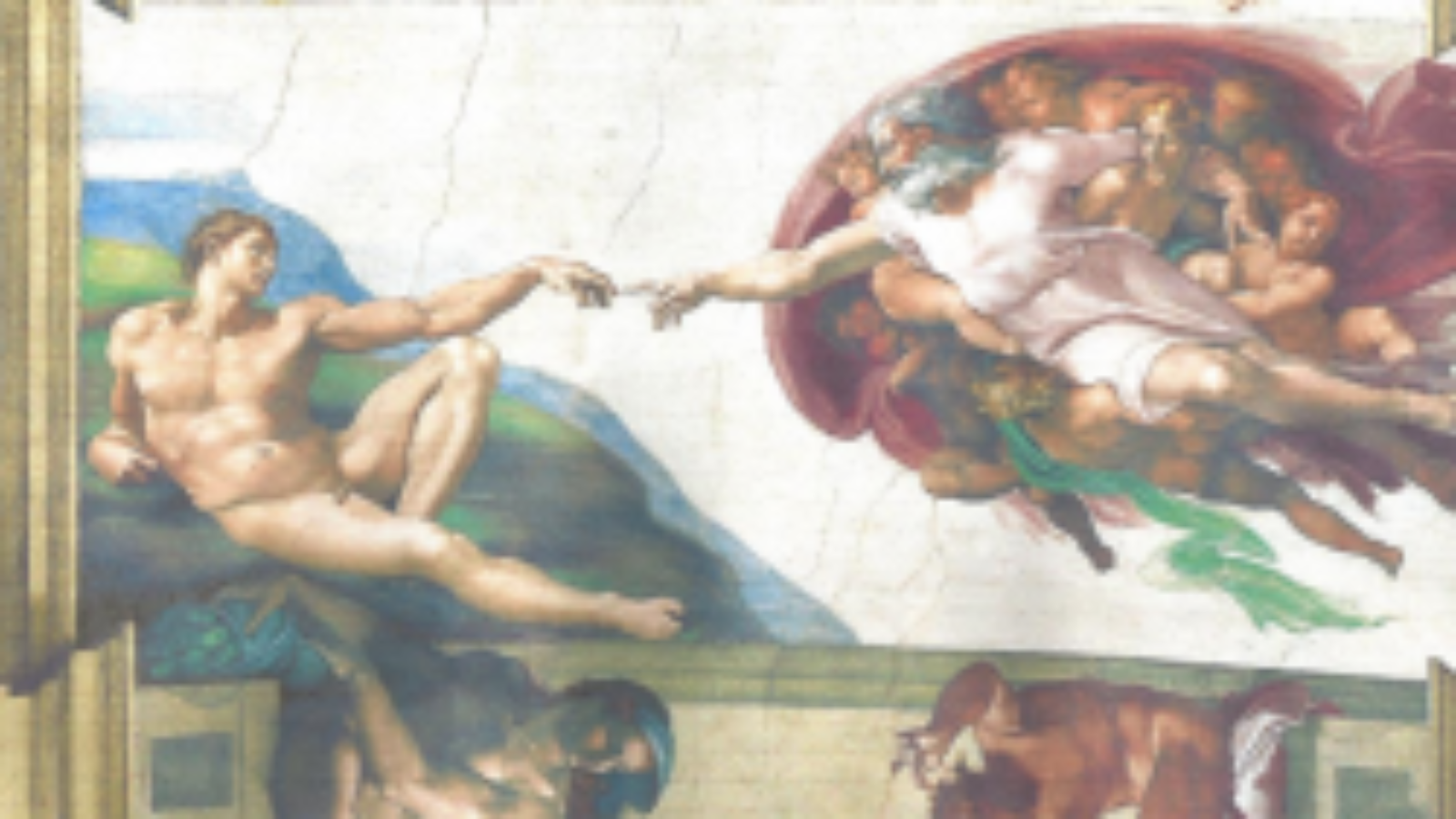In my wanderings as a science teacher I always transited through schools laboratories. On one of these “experiences” discovered an unpublished, important and original phenomenon, with respect to life: when a seed (I made with beans seeds sealed in a glass capsule) germinates and grow in the early days – and despite increasing its volume producing a tender stem and even leaves – its total mass decreases.
That’s right: in these early days of grow, the assembly of bulb and plant weight less and less! (click to see more)
I conclude that to create a life is needed mass consumption (taken from environment) and energy. The matter is provided by the environment and the energy, from sun in photoshynthesis. And in its death, the living being returns to the environment this amount of enerma – energy and matter – received.
Is my constant struggle to spread this discovery, so far without much success. Anyway, especially for this reason, I have dealt with theoretical concepts about the fundament ‘life’. And, believe me, it is a complicated matter.
When I started high school, my biology teacher, José Pinto Rosas, on the first day of class, defined ‘life’ in 32 different ways, which caused my admiration not much for his knowledge, but for his extraordinary memory to remember it all. Finally, he ended his listing with a popular Brazilian expression: ‘life is a hole!’.
Without remembering the content of the teacher’s speech, now I know that none of these definitions would be complete. Simply because it is impossible to translate directly in words this invisible ‘spark’ that is life. One can, when much, define it through its properties or effects.
As my students got confused about the concept of ‘life’ and ‘living organism’, to clarify this doubt I always used the interpretation of a masterpiece made more than five hundred years ago and in a time when this type of knowledge did not exist: the ceiling painting of Sistine Chapel executed by Michelangelo.
It is surprising that noticing well, there are ‘impossible’ in there that this genius turned into ‘possible’.
It starts by the image of God. Let’s agree that represent God under any circumstances is impossible. He is the Absolute! But is not didactically nice to see Him – under the painter invention – as a friendly old man, white beared surrounded by angels? Moreover, painting Him on the ceiling of the chapel, where we need to lift our heads to admire it, forcing us to recognize our smallness towards the Creator.
Michelangelo’s brushstrokes went further representing the infinite goodness of God. How? Well, the Creator on the painting leans and humbly stretches his arm to reach the man. Again the act denounces His greatness and in a certain way, the obvious love for his creature.
Is not the same posture at the time of a couple kiss? Generally one of the characters contributes with the displacement – even minimal – toward the other.
A love contained within a reciprocal act!
By the painter interpretation, the divine touch is not completed yet and there is a small space between God’s finger and the creature. Here the painter – intuitively or not – introduces another human feeling that is hope. And it is what gives the viewer the certainty that the divine act will be completed.
Finally, the divine intention shows that there will be a transfer. Any child in school understands what God is giving to this man.
And they don’t say an image is worth a thousand words?

